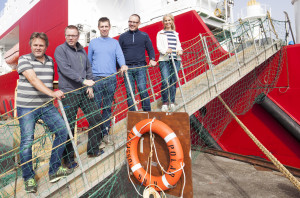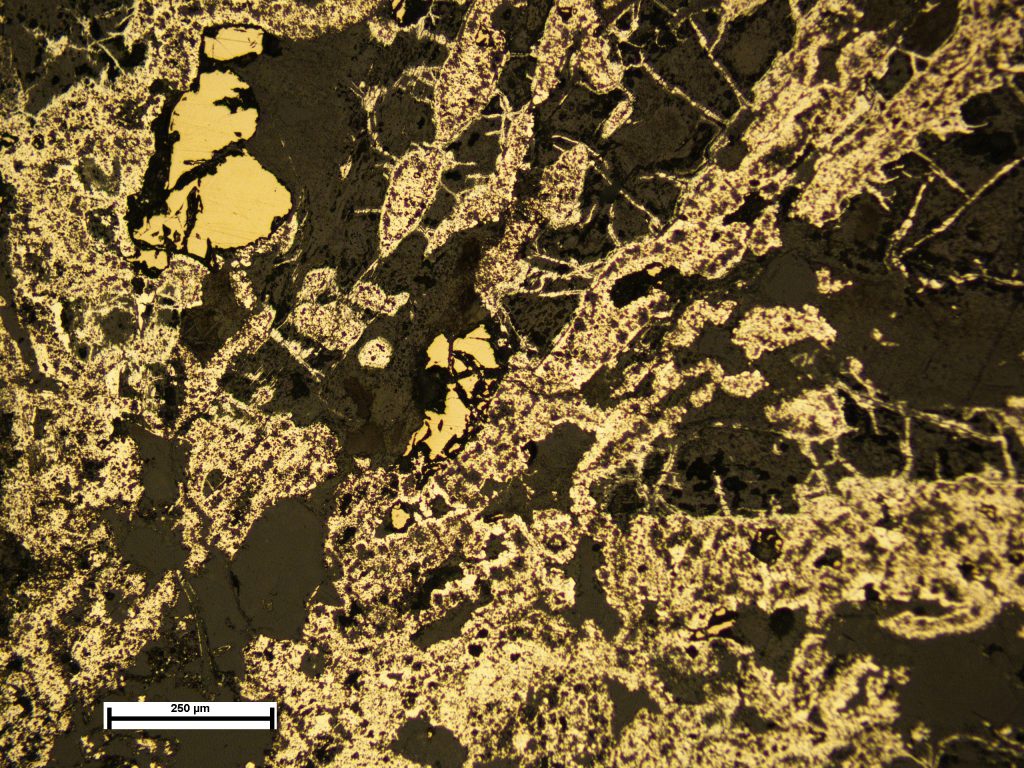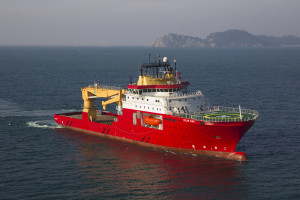Charting riches in the ocean depths
The deep sea contains mineral riches that offers a new frontier for research and exploration — and a new way to employ Norway’s deep sea expertise.
DEEP-SEA MINERALS: Researchers at the Norwegian University of Science and Technology (NTNU) have previously estimated that the Norwegian continental shelf may contain a great wealth of minerals and metals. Now they suggest Norway take steps to clarify the industrial potential of mineral extraction from the seabed.
In September, the research vessel Polar King returned to Norway from the waters between Jan Mayen and Svalbard, where its crew spent three weeks collecting mineral samples and data. The research cruise is part of the MarMine project. MarMine was established by NTNU to investigate the potential for seafloor mineral extraction. MarMine is supported by the Research Council of Norway and several leading Norwegian players in the offshore industry and land-based mining.
Research and industry partners
Research partner:
Norwegian Institute for Water Research (NIVA)
Industry Partners:
DCNS
DNV-GL
Ecotone AS
Fugro Survey AS
GCE NODE
Leonhard Nilsen og Sønner AS (LNS)
National Oilwell Varco (NOV)
Nordic Ocean Resources AS
Reach Subsea
Scanmudring AS
Statoil ASA
Store Norske Spitsbergen Kullkompani (SNSK)
Technip Norge
- You might also like: Next chapter in Norwegian history is to conquer the oceans
Copper, zinc, gold and silver
The expedition travelled to the Mohns Ridge area, north of Jan Mayen in the Norwegian Sea. The University of Bergen, among others, has conducted research charting geological formations along the Mid-Atlantic Ridge that may be very rich in copper, zinc, gold and silver.
The research vessel was loaded with various underwater vehicles with which to collect data. In addition, robots drilled cores in the seabed and did geological and biological sampling at the seabed site.
“The data and samples from this expedition will form the basis for research on various technological aspects related to seafloor mineral extraction. The expedition will test the previous resource estimates, and the data will enable new estimates to be made,” says MarMine project leader Kurt Aasly. He is an associate professor at NTNU’s Department of Geology and Mineral Resources Engineering.
The researchers believe that this research cruise has collected data for at least four years of research on various related issues.
Huge global interest
Interest in seabed minerals is huge, and Japan, South Korea, China, India, Germany, Russia and France have already established large national programs to explore the potential for seafloor mineral extraction.
“Norway is a nation with a long tradition and great expertise in the maritime industry, marine research, offshore oil and gas,” says Martin Ludvigsen, expedition leader and professor at the Department of Marine Technology, and he thinks the country “should take greater advantage of these marine minerals in order not to be left behind. If we don’t, we could miss valuable possibilities and related industrial development,” he says.
- You might also like: We know more about the moon than the ocean floor
Cutting-edge expertise
The transfer of expertise from both oil and gas extraction and land-based mining can help position Norway well in this potential new industry.

Some of the researchers who were aboard “Polar King” during its September cruise. From the left: Fredrik Søreide, Steinar Løve Ellefmo, Martin Ludvigsen, Kurt Aasly and Eva Ramirez-Llodra. Photo: Lars-Ivar Tumyr/NTNU
“Norwegian oil companies have built up cutting-edge expertise in the oil and gas industry that could prove useful for Norway if the mineral resources on the seabed turn out to warrant developing them as an industry,” says Aasly.
“The service and supply industry can also help strengthen our position as it develops into an important support market. For suppliers, this market could be important even if it turns out that the resource base isn’t commercially viable in the Norwegian Economic Zone,” Aasly adds.
The development of a new industry in seafloor minerals will require resource mapping, technology development, and further development of a management plan and the environment.
“This is a capital-intensive exercise that can be tough for industry to carry out alone. You have to put a national strategy and commitment into place, like happened when the groundwork of the petroleum adventure was laid in the 1960s and 70s,” says Ludvigsen.
Reference: Ludvigsen, Martin and Asgeir Sørensen. Towards integrated autonomous underwater operations for ocean mapping and monitoring. Annual Reviews in Control. Available online 23 September 2016.






